Tips for Hoof Cracks and Chips
Updated on 04/26/24
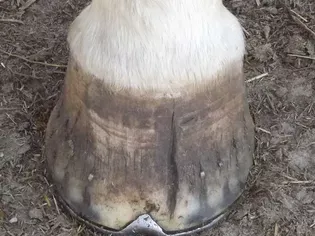
Unveiling the Secrets to Healthy Hooves: A Comprehensive Guide to Mending Cracks and Chips
Your horse's hooves are a testament to their strength, resilience, and athleticism. These intricate structures bear the weight of your equine companion, enabling them to traverse vast landscapes and perform feats of agility. However, even the most robust hooves can succumb to cracks and chips, compromising your horse's comfort and performance. This comprehensive guide will empower you with the knowledge and techniques to effectively address and prevent hoof cracks and chips, ensuring your horse's hooves remain a source of pride and partnership.
Understanding the Causes of Hoof Cracks and Chips
Comprehending the underlying causes of hoof cracks and chips is paramount in preventing their recurrence. Various factors can contribute to these hoof ailments, including:
* Environmental influences: Exposure to extreme temperatures, particularly cold and dry conditions, can weaken the hoof wall, making it prone to cracking. Similarly, prolonged exposure to wet or muddy environments can soften the hooves, increasing their susceptibility to chips and wear.
* Nutritional deficiencies: A lack of essential nutrients, such as biotin and methionine, can lead to weakened hooves, fostering the development of cracks and chips.
* Poor hoof care: Inadequate hoof trimming, improper shoeing, or neglecting routine hoof maintenance can exacerbate hoof health issues, including cracks and chips.
* Trauma: Injuries sustained during exercise or in the pasture, such as stepping on sharp objects or colliding with obstacles, can cause hoof cracks or chips.
* Underlying medical conditions: Certain systemic diseases, such as laminitis or Cushing's disease, can compromise hoof health, making them more vulnerable to cracks and chips.
Effective Remedies for Hoof Cracks and Chips
Addressing hoof cracks and chips promptly is crucial for preserving your horse's hoof health and overall well-being. Various treatment options are available, depending on the severity and location of the damage:
* Professional hoof trimming and shoeing: A skilled farrier can carefully trim and shape the hoof to relieve pressure on the affected area, distribute weight more evenly, and prevent further damage. In some cases, corrective shoeing may be necessary to provide additional support and protection.
* Topical treatments: Applying topical medications, such as hoof dressings or sealants, can protect the affected area from dirt and moisture, promote healing, and prevent further cracking or chipping.
* Injectable fillers: For deeper cracks or chips, injectable fillers can be used to fill the void and stabilize the hoof wall. This procedure is typically performed under the supervision of a veterinarian.
* Surgical repair: In severe cases, surgical intervention may be necessary to address complex hoof cracks or chips that compromise the integrity of the hoof.
Preventing Hoof Cracks and Chips: A Proactive Approach
Prevention is always better than cure. By implementing the following proactive measures, you can significantly reduce the risk of hoof cracks and chips:
* Maintaining regular hoof care: Routine hoof trimming and shoeing are essential for maintaining healthy hooves. Regular inspections will allow you to detect and address any potential problems before they develop into more serious issues.
* Providing a balanced diet: Ensuring your horse receives a nutritionally balanced diet, rich in essential vitamins and minerals, is crucial for overall hoof health. Consult with your veterinarian or an equine nutritionist to determine the optimal diet for your horse's specific needs.
* Controlling environmental factors: Protecting your horse from extreme temperatures and excessive moisture can help prevent hoof cracks and chips. Provide adequate shelter and adjust turnout times to minimize exposure to harsh conditions.
* Minimizing trauma: Taking precautions to prevent injuries during exercise or in the pasture can safeguard your horse's hooves. Avoid riding on rough terrain, ensure fences are in good repair, and promptly remove any sharp objects from the environment.
* Addressing underlying health issues: If you suspect your horse may have an underlying medical condition that contributes to hoof weakness, prompt veterinary attention is essential. Early diagnosis and proper management of these conditions can help prevent the development of hoof cracks and chips.
Conclusion
Healthy hooves are essential for your horse's well-being, allowing them to perform their best and enjoy a high quality of life. By understanding the causes of hoof cracks and chips, implementing effective treatment strategies, and adopting proactive preventive measures, you can empower your horse with strong, resilient hooves that will carry them gracefully through their equine journey. Remember, vigilance, proper care, and a collaborative approach with your veterinarian are the keys to maintaining your horse's hoof health and ensuring their continued well-being.
Explore More Pets

Pony Breeds
The Difference Between Horses and Ponies

Horse Diseases & Conditions
What Do I Do If My Horse Colics?
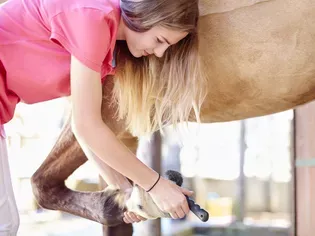
Pony Breeds
Horse and Pony Care by the Day, Week, Month and Year
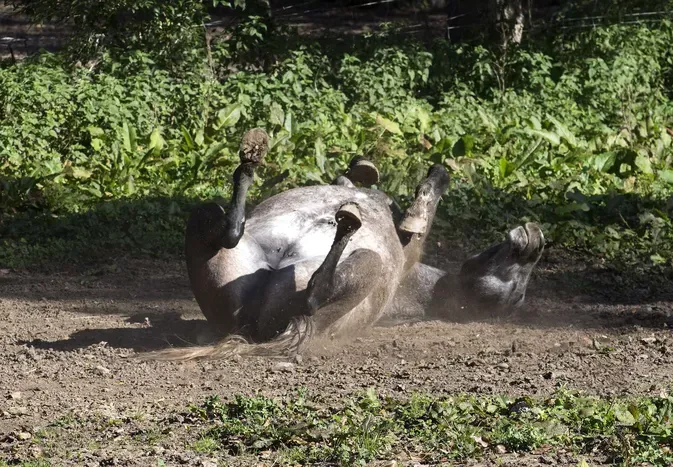
Horse Grooming
Mange in Horses
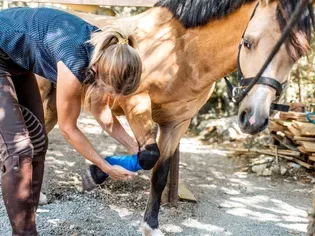
Horse Diseases & Conditions
Grease Heel in Horses
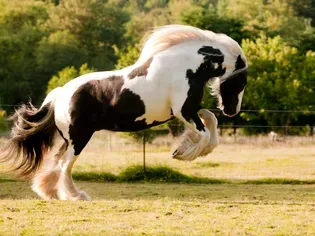
Light Horse Breeds
Gypsy Vanner Horse Breed Profile
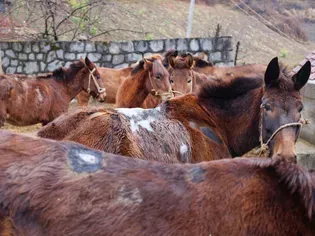
Horse Diseases & Conditions
Girth Galls and Saddle Sores

Pony Breeds
Shetland Pony Breed Profile